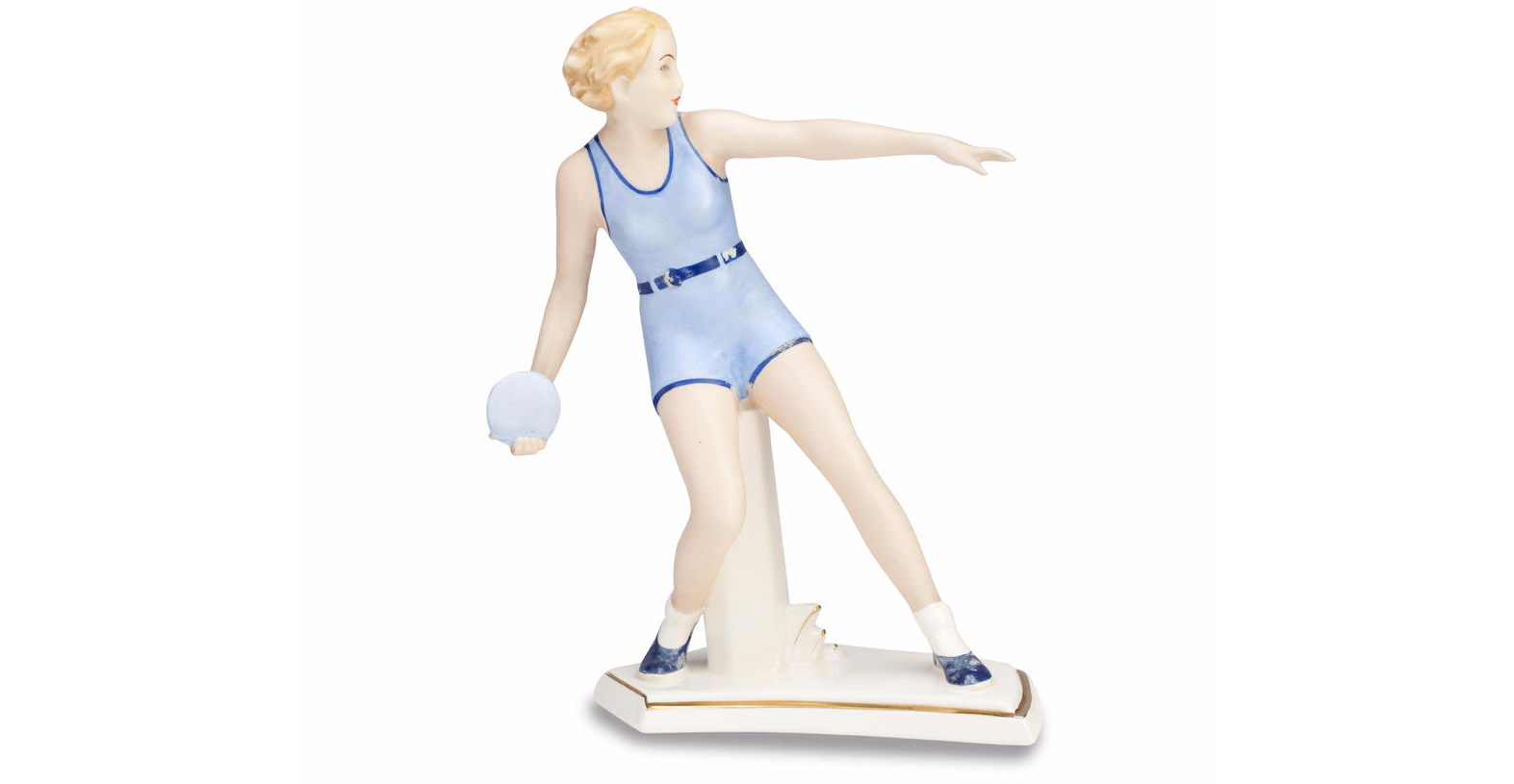THE START of the Rio Olympics focuses auction attention on Olympic memorabilia.
The four-year cycle of the Games usually inspires a multitude of special, dedicated or themed sales, with vendors hoarding treasures to maximise exposure as the event is taking place.
Among the most expensive Olympic memorabilia items sold in recent years are:
- The Jesse Owens 1936 Olympic gold medal which made $1.46 million in December, 2013. It was bought by a Los Angeles property billionaire.
- Boxer Wladimir Klitschko’s 1996 gold medal which made $1 million in March, 2012. The Ukrainian world champion sold the medal to benefit a children’s charity. The buyer immediately handed it back to the Klitschko family.
- Bréal’s Silver Cup, which made £540,000 at Christie’s shortly before the London 2012 Games. This was the special decorative silver cup awarded to Greek marathon runner Spyridon Louis as a prize for winning the first marathon race at Athens in 1896, the first Games in modern history.
- A copy of the rare Beijing 2008 Olympic commemorative gold coin, which made just over $1 million in Beijing in January, 2011. Only 29 of the massive 10 kg coins were minted.
- And a Helsinki 1952 Olympic torch which made £420,000 last year. One of only 22 held by collectors, it sold in London at Graham Budd’s auction in association with Sotheby’s, and was a world record for an OIympic torch.
At the other end of the scale is my pretty Art Deco figure of a female discus thrower (illustrated).
This small figurine appeared at Bonham’s summer Home and Interiors sale in Edinburgh with an estimate of £250-£350.
It is typical of the porcelain factories of the old East European states and, indeed, carried impressed and printed marks for Czechoslovakia. Such figures were cheap and cheerful – and occasionally used as cake decoration!
Other countries, particularly Italy, produced more elegant Art Deco figurines on a sporting theme, not least winter skaters and skiers which stylishly captured grace and movement. Summer Olympic sports were associated with the Czech factories, but they were robustly modelled and seldom portrayed, for example, the classicism of the British Museum’s famous Greek figure of the discus thrower based on the c450BC Discobolus of Myron sculpture!
The mid-throw discus exponent dated to around 1930 and sold for £212, inclusive of premium.










